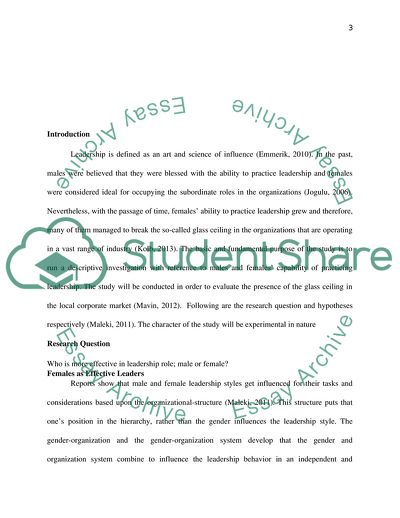Cite this document
(Who is Effective Leader: Male or Female Research Paper Example | Topics and Well Written Essays - 2000 words - 2, n.d.)
Who is Effective Leader: Male or Female Research Paper Example | Topics and Well Written Essays - 2000 words - 2. https://studentshare.org/gender-sexual-studies/1803197-gender-and-the-effectiveness-of-leadership
Who is Effective Leader: Male or Female Research Paper Example | Topics and Well Written Essays - 2000 words - 2. https://studentshare.org/gender-sexual-studies/1803197-gender-and-the-effectiveness-of-leadership
(Who Is Effective Leader: Male or Female Research Paper Example | Topics and Well Written Essays - 2000 Words - 2)
Who Is Effective Leader: Male or Female Research Paper Example | Topics and Well Written Essays - 2000 Words - 2. https://studentshare.org/gender-sexual-studies/1803197-gender-and-the-effectiveness-of-leadership.
Who Is Effective Leader: Male or Female Research Paper Example | Topics and Well Written Essays - 2000 Words - 2. https://studentshare.org/gender-sexual-studies/1803197-gender-and-the-effectiveness-of-leadership.
“Who Is Effective Leader: Male or Female Research Paper Example | Topics and Well Written Essays - 2000 Words - 2”. https://studentshare.org/gender-sexual-studies/1803197-gender-and-the-effectiveness-of-leadership.


